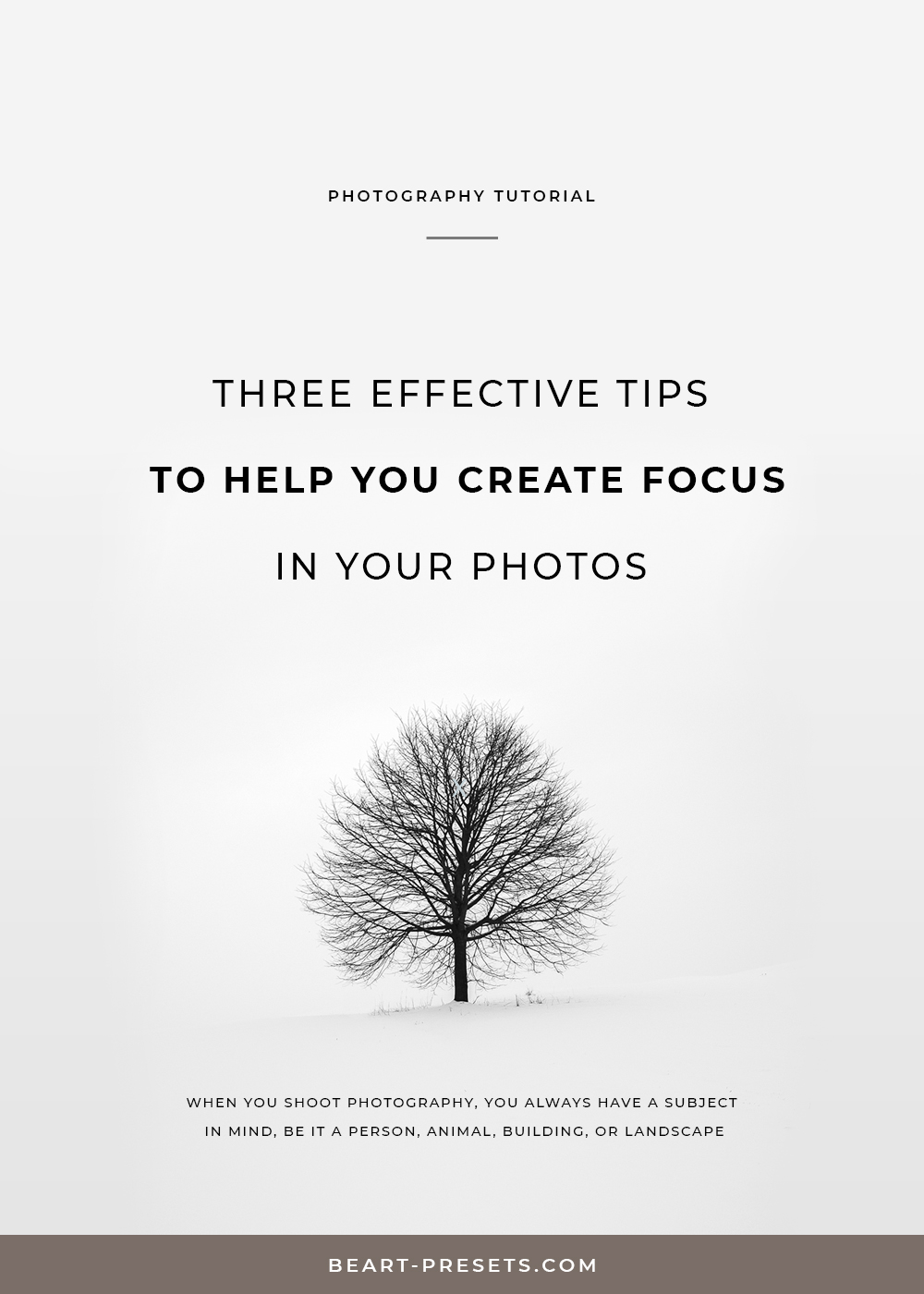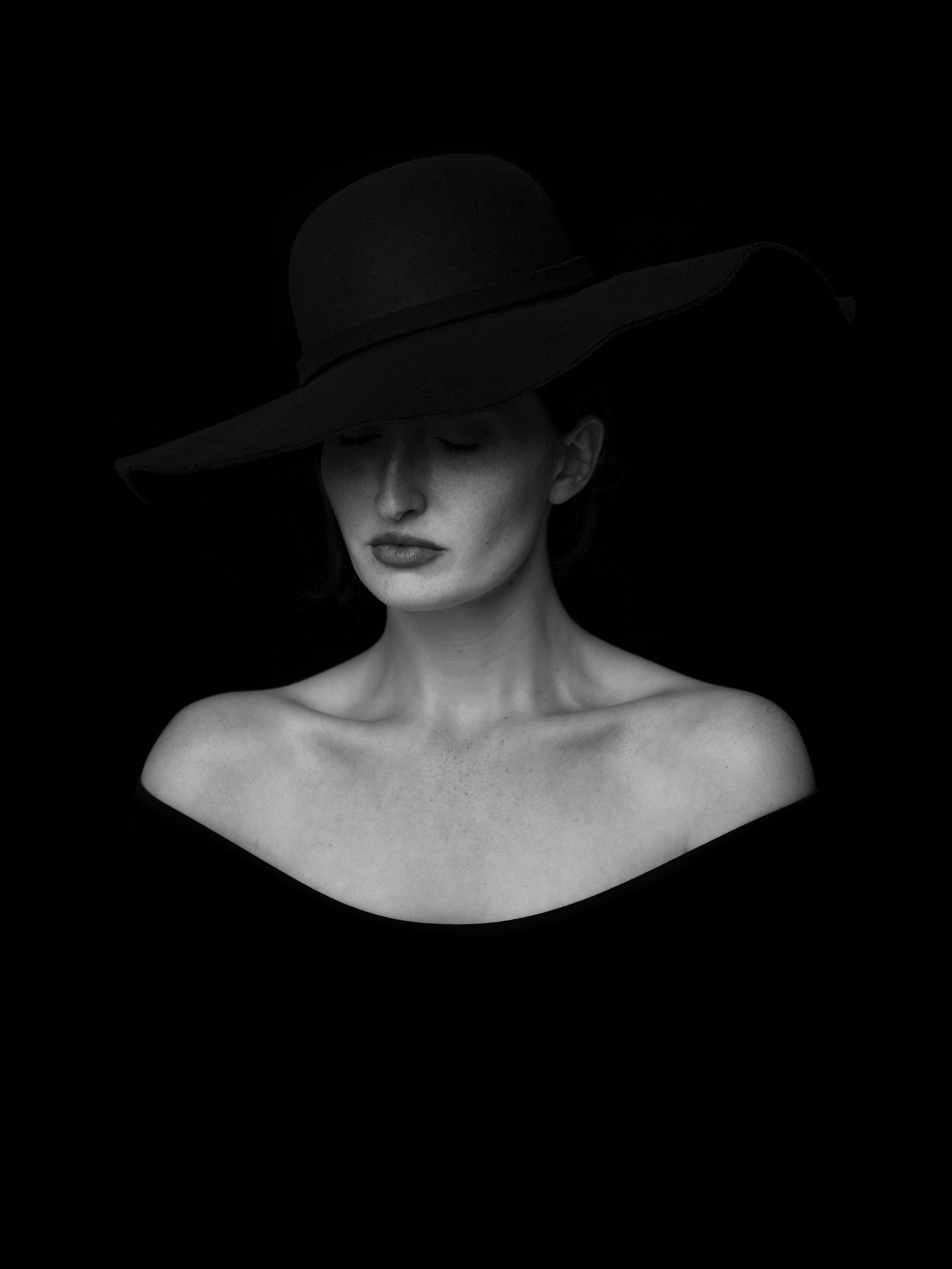Three Effective Tips to Help you Create Focus in Your Photos
One of the most important things we’ve learned about human nature through the study and art of photography is that people love order. You’d be forgiven for thinking that many people truly believe we’d all be better off with no rules, no laws, and no ‘big brother’ leering over our shoulder constantly, telling us what to do.
While many people may feel that way outwardly, from where I’m standing behind the lens, that isn’t the case at all. The reason I believe this is is that some of the most highly regarded and effective photos in our history all but blatantly tell the viewer how they are supposed to look at the photo.
When human beings view images, our gaze is naturally drawn to any forms or patterns that stand out. We also look for any instances where there is a ‘flow’ in the image, something that will lead us from one element to the next. Comic book artists understand this very well, and layout their pages and elements in a way that leads you from panel to panel, and element to element. Done effectively, this ‘flow’ in an image can tell a self-contained story without using words, and make even just a decent photo far more compelling.
To me, this is important because it reveals that humans are, fundamentally, creatures that crave organization and yearn to find established patterns to guide us. If we truly wanted chaos, there would be no rules or guidelines; not even in the form of foundational principles, such as the rule of thirds, we use in photography. It’s also critical because it gives users a clue about what we can do to make our images even better.
When you shoot photography, you always have a subject in mind, be it a person, animal, building, or landscape. Good photos showcase that subject, and paint that subject in the best light, literally and figuratively, possible. Great photos not only center around a subject, but create a context for what your subject is doing, and the circumstances they find themselves in - in short, they tell a story.
This can be an incredibly difficult aspect of photography to master, but if you can create a ‘flow’ in your photos to draw your viewers’ focus compellingly, then you’ll have truly reached a new milestone in our form of art. There’s no one correct way to do this, but below are some tips and tricks that you can use to create focus, and tell a compelling tale, in your photos.
Uses Contrast to Highlight Elements
Photographers have long harped on lighting as one of the most important aspects of good photography, and I’m certainly in the camp of those who champion lighting’s virtues. Good light can elevate a photo from decent to incredible and can create an image so beautiful that it almost seems otherworldly.
Lighting is also an essential tool for the purpose of creating focus in a photo, one that you can’t afford to not take advantage of. Light, through the principle of contrast, has the ability to highlight the elements in a photo that you want to showcase the most.
A perfect example to highlight this concept in action is black and white photos that silhouette the subject against a backdrop all in white. As you reference these photos, you’ll notice that the subject is mostly or completely blacked out. The contrast of the backdrop has been adjusted to such a high level that only the faintest traces of outside buildings and trees remain visible. What this leaves us with is an image that not only looks astounding visually but draws the eye to the silhouetted subject.
The concept of using contrast for focus does not only apply to black and white. You can achieve the same result with natural lighting and color that creates a clear distinction between elements within the frame. The top photo on this page creates a fantastic contrast between former President Obama and the surrounding room. We’re naturally drawn to the former president, because he is one of the few objects with any light framing him, and it creates an impression of weight and isolation, as though the strain of the eight years that had come before this moment were bearing down on him, all at once.
Use Motion to Lead the Eye
If someone points at something, even if they don’t say anything, your first instinct is probably going to be to look in the direction they’re pointing. You can use this basic instinct that all humans possess to create a sequential flow in your own photos.
This technique is prominently featured in photos that focus on ballet, other forms of dance, and action shots in general. Skilled photographers will often focus on one particular dancer, usually the prima ballerina, but use their limbs as a visual signpost to point to other elements. A prime example is an outstretched hand pointing towards a prop or decoration in the background.
The reverse is also true, in which we can use a secondary element in the frame to draw the eye towards the subject. In photos centered around construction, you can set the camera nearly level with the structure in the foreground, center on a beam that leads to a builder at work, while the cityscape sprawls across the background.
What is most important is that you look for elements that you can use to conjure a human being’s instinctual desire to find and follow the ‘flow’ within an image.
Use Scale to Create Emotional Perception
One of the most instinctive impulses that human beings have is that the bigger something appears, the more powerful it becomes in our minds. You can use this same perception of scale to either empower or diminish your subject, while not drawing focus away from them.
Think about the many bird’s eye view photos you’ve seen of cityscapes. You know those are some massive structures that dot the landscape, but from this height, they appear as tiny dots and become indistinguishable from one another. By contrast, a worm’s eye shot of a baby standing in its crib will make the child seem impossibly tall, and far more imposing than it really is.
Depending on the emotion you want to convey with your subject, you can use this to create a unique, emotional response that they may not be expecting. Think about a rock climber, someone we would commonly perceive as being brave, skilled, and daring. Shoot them standing at the base of Mt. Everest, and suddenly they become this small, fragile thing against the overwhelming might of nature, in all her majesty.
Now, place your rock climber at the peak of Mt. Everest, leaning on a knee that’s propped against an outstretch of rock, and photograph them from behind, gazing out and the rescinding landscape below. Now the climb appears triumphant, unyielding, and godlike.


















